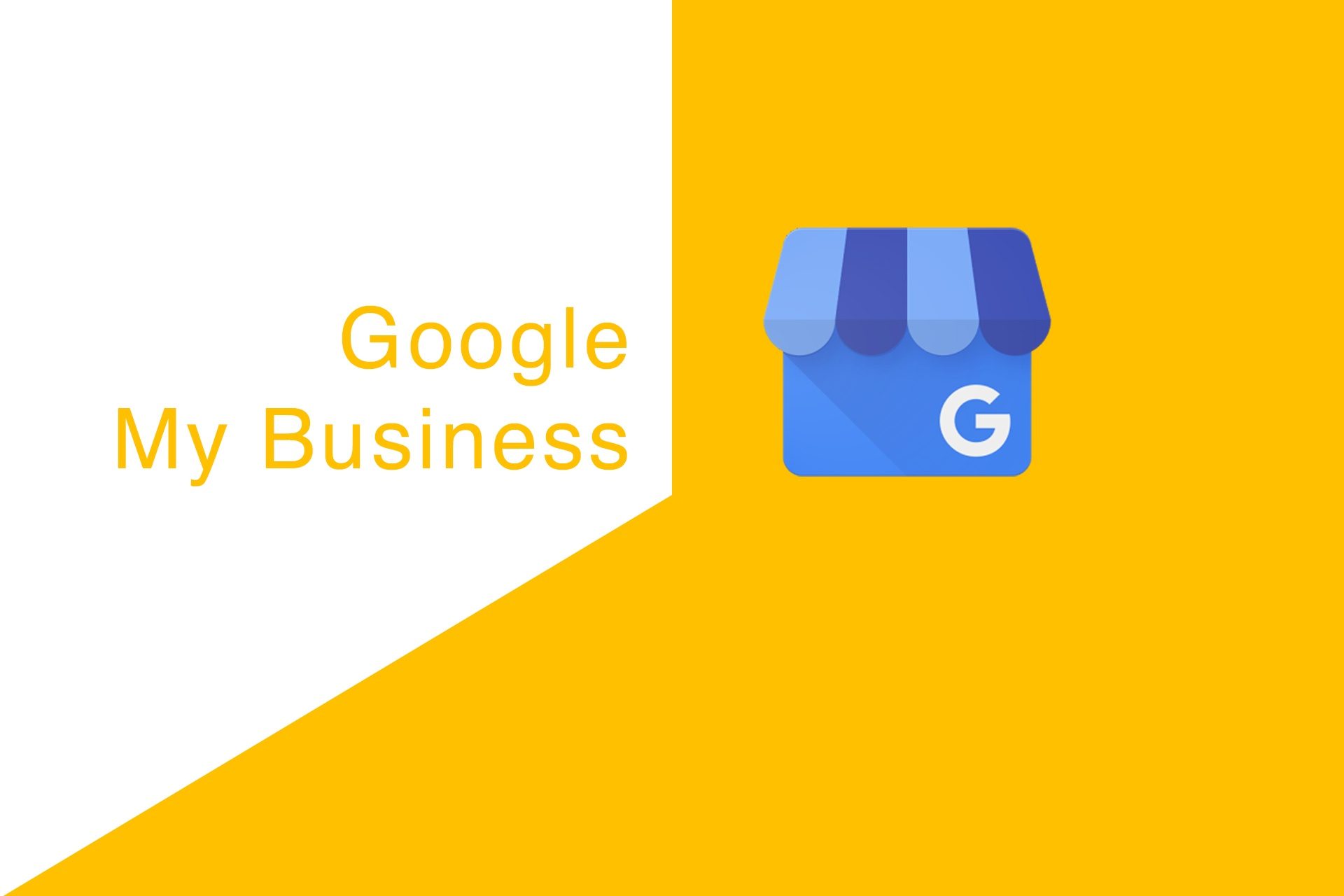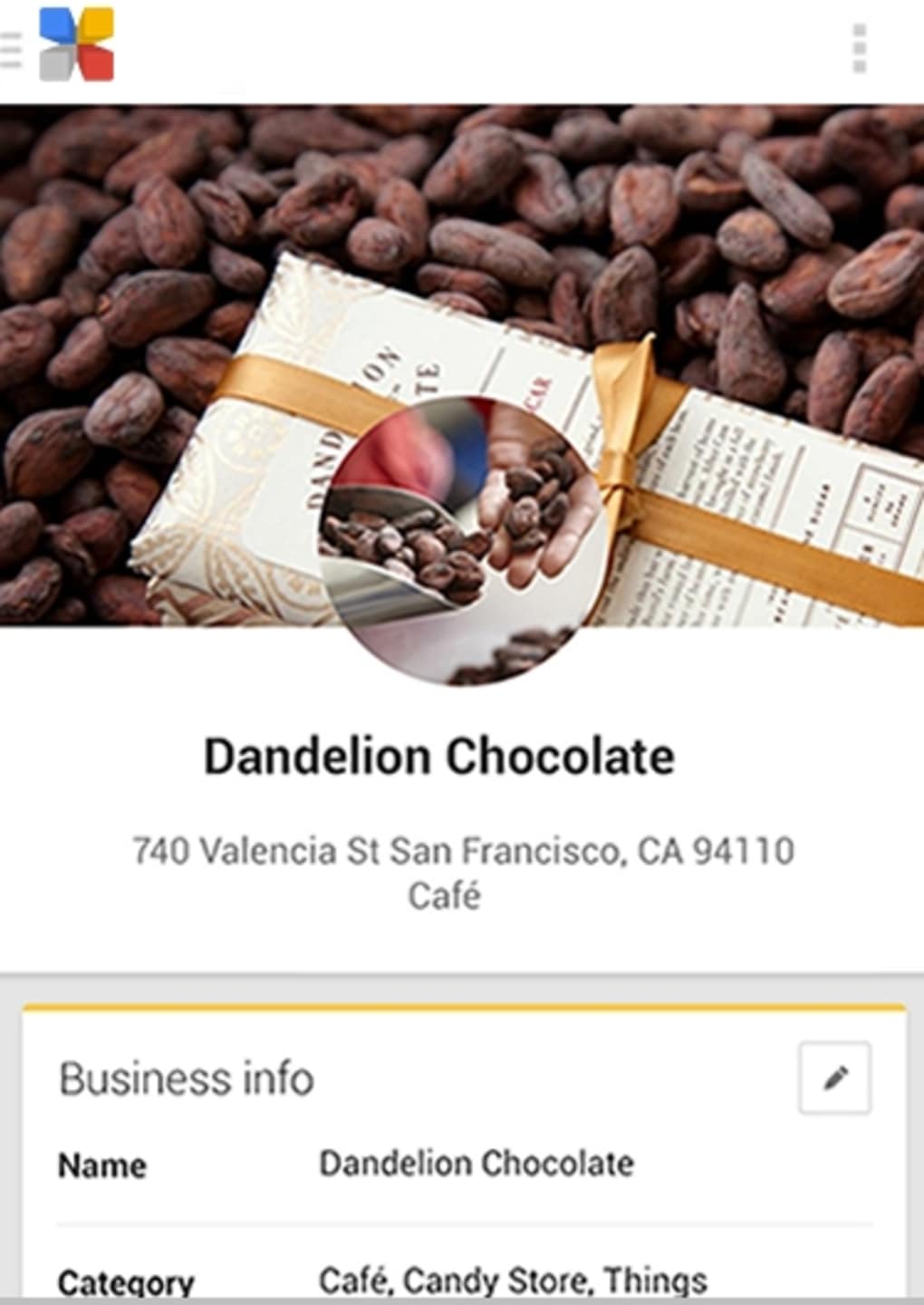

JavaScript Object Notation ( JSON) is a common, language-independent data format that The Business Profile APIs return data in JSON format. The resource path for a location appears in the following form: Resource paths vary based on the endpoint.įor example, the resource path to an account appears as in the following example:
#GOOGLE MY BUSINESS APP FULL#
The full set of URIs used for each supported operation in the APIs appears in the Business Profile APIs The specific format for the Business Profile APIs is shown in the following URI: The Business Profile APIs operations map directly to REST HTTP verbs. They include specifications for GET, POST, PUT, andĭELETE. Method definitions in the HTTP 1.1 standards documentation Optimized to work with the web's distributed infrastructure. apiVersion/ resourcePath?parametersīecause all API resources have unique HTTP-accessible URIs, REST enables data caching and is The client specifiesĪ resource by a globally unique uniform resource identifier (URI) of the following form: In Google's RESTful APIs, the client specifies an action with an HTTP verb, such as Representation of the specified resource. Server to perform a particular action, such as to create, retrieve, update, or delete a resource,Īnd the server performs the action and sends a response. To the use of HTTP verbs to retrieve and modify representations of data stored by Google.Ī RESTful system stores resources in a data store. " Representational State Transfer." In the context of Google APIs, it refers
#GOOGLE MY BUSINESS APP SOFTWARE#
REST is a style of software architecture that provides a convenient and consistent approach to If you decide not to use client libraries, you need to understand the basics of REST. Send an HTTP request and parse the responses.

Click theĬlient ID for details, such as client secret, redirect URIs, JavaScript origins address, and email After you'veĬreated the credentials, you can see your client ID on the Credentials page. If you haven't done so already, go to the "Credentials" section of theĬreate credentials > OAuth client ID to create your OAuth 2.0 credentials. Your application must send an OAuth 2.0 token with any Business Profile APIs request This lets your app requestĪuthorization to access your organization's location data on behalf of your app's users. You will get `error 403 - PERMISSION DENIED` when using the GBP APIs if Google Business Profile is turned off for your account in your Google workspace organization.īecause your app accesses protected, non-public data, you need an If you are a Google workspace user, confirm that Google Business Profile is turned on for your account in your Google workspace organization. If prompted, accept the API's Terms of Service.Select the API you want to enable, then click the Enable.If the API you want to enable isn't visible in the list, use search to.The API Library lists all availableĪPIs, grouped by product family and popularity. Open the API Library in the Google API Console.To enable an API for your project, do the following: To use the provided shortcut, you can enable the API manually with the following steps. Prerequisites and have been granted access to the API, but are still unable There are eight APIs associated with Business Profile that must be enabled in the Google API More details, see Request access to the APIs. Users who submit and receive approval for their Google Account through the access request form. Enable the APIs Note: The Google My Business API is only visible in the Google API Console to Prerequisites and that we've approved your project for Business ProfileĪPIs access. To proceed, make sure you've completed the steps in


 0 kommentar(er)
0 kommentar(er)
